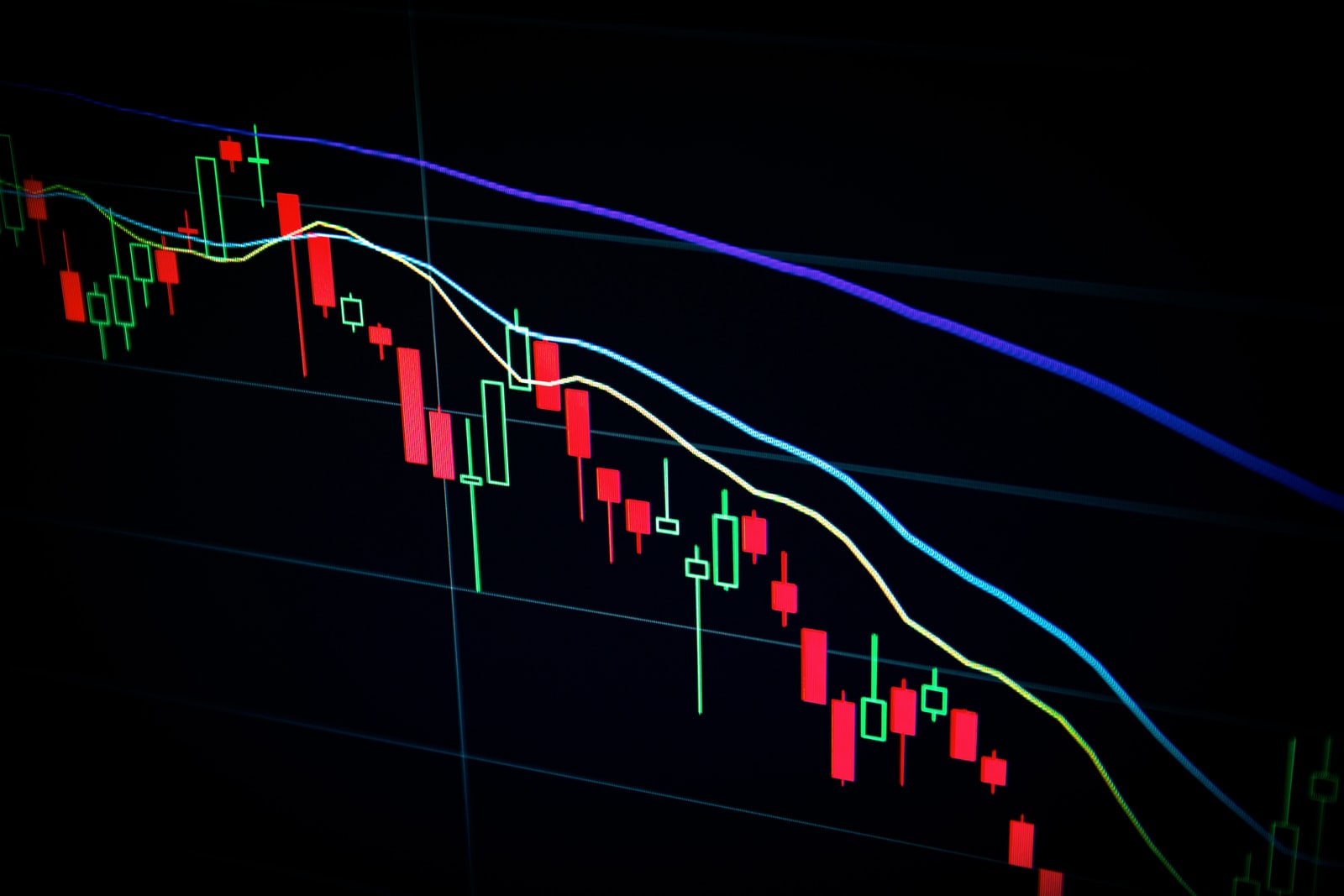Powell: “I expect a significant drop in inflation in 2023”
Fed head jerome powell gave a speech yesterday February 7, 2023 saying that further rate hikes needed to cool inflation. The speech was in response to the strong jobs report released last week.
Inflation has been slowing since the Fed raised rates a quarter of a percentage point in February. But it remains above the central bank’s 2% target level.

DISCLAIMER
Trading is a high risk activity, protect your capital through the use of stop loss, making intelligent use of leverage and not investing more than you are willing to lose. The author of the post declines any responsibility for any losses incurred as a result of decisions made after reading this article. The information contained below is for informational purposes only. CFDs are complex instruments, therefore adequate knowledge is required before making any investment. Thank you for your kind attention!
Inflation is still too high
While inflation has been slowing, it is still above the Federal Reserve’s 2% target. This is bad news for consumers as it makes essential goods more expensive, and increases the risk that interest rates will rise too high and cause a recession.
During his latest speech on Wednesday, Federal Reserve Chair Jerome Powell made it clear that he sees further rate hikes needed. He also said the Fed hasn’t seen any clear progress against decades-high inflation.
Inflation is a concern for Americans, particularly those on fixed incomes, such as retirees and people with small savings accounts. It makes it harder to budget for things like food, gasoline and housing costs.
The Fed has raised its key interest rate eight times this year, and the central bank is expected to keep raising it at least through the end of the year. But it is important to note that while the Fed controls the short-term federal funds rate, it has little control over mortgages, auto loans and other borrowing costs that Americans pay.

The disinflationary process has started in the goods sector
In the goods sector, which is about a quarter of our economy, prices are now down to 6.5% – from 7% last December – which means disinflation. It’s a sign that the Fed’s rate hikes are working as planned, according to Fed Chairman Jerome Powell.
But he said further rate hikes are needed to reassure the markets that prices are easing. He also said he didn’t want to overstate the impact of the disinflationary process.
The decline in inflation is more pronounced in the tradable goods sectors, where prices are down by about 30%, compared with services, where they’ve been down by about 15%.
This suggests that the slowing global economy is beginning to exert its impact on consumer price inflation. It’s also encouraging that food prices have declined less than nonfood goods.
This suggests that international food prices aren’t putting much pressure on domestic prices, which has been an important factor in past inflationary surges.
There is still a long way to go
Despite the recent strong job gains, there is still a long way to go in the fight against inflation. Moreover, there is still a lot of room for the Fed to raise rates further to keep inflation down.
Inflation is now running at 6.5%, more than triple the Fed’s target. However, Powell is confident that the rate will eventually come down.
The Federal Reserve raised its benchmark interest rate by a quarter-point Wednesday, and its latest statement said that it will continue raising it in “ongoing increases.” That means it expects to hike rates a few more times over the next two years.
The central bank’s latest rate hikes have already pushed borrowing costs higher for consumers and businesses, from car loans to mortgages. But they’ve yet to dent the economy’s resilience, even with weaker economic data and higher prices for consumer goods.
We expect 2023 to be a year of significant declines
Many experts believe that we will see a year of significant declines in inflation. They believe that the core price index, which is a more precise measure of inflation, will drop close to 2% next year 2024.
The reason for this is that supply chain constraints are likely to improve, rental prices will start to slow down, and wage growth will slow down as well.
These factors are all good signs that the economy is getting back to a healthy level. However, it will be a while before the disinflationary process can make a big difference in prices.
Until we can see that change, it is likely that the Fed will keep raising interest rates to keep them at a high level and to prevent a recession from occurring. This is a good strategy, and we believe that it will be successful.

